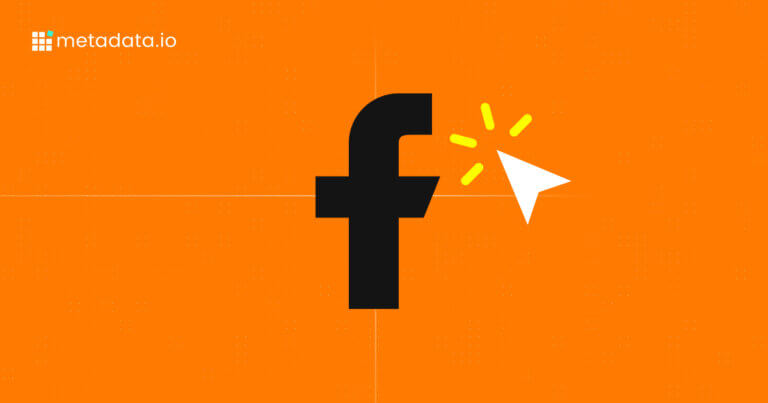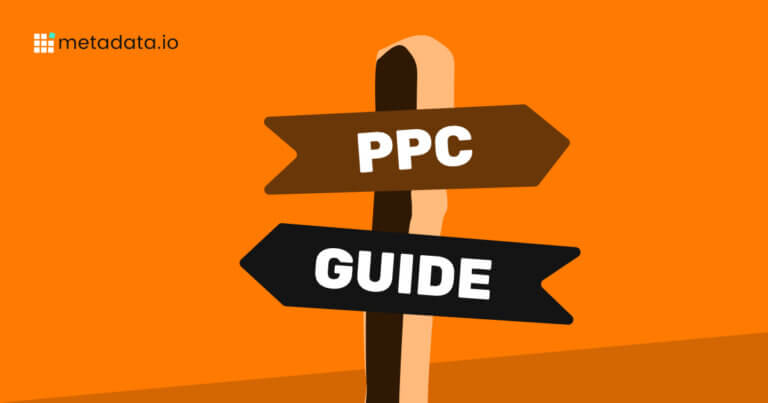How to Target B2B Audience Effectively
Reaching the right business audience isn’t about casting a wide net and hoping for the best. If you want real results, you need a strategy that speaks directly to the decision-makers who matter. Learning how to target B2B audiences means understanding their pain points, buying cycles, and the factors that influence their choices. Unlike B2C consumers, B2B buyers take their time, involve multiple stakeholders, and expect clear value before making a commitment.
This article breaks down the process into actionable steps—from defining your audience and leveraging data-driven insights to choosing the right platforms and refining your messaging. Whether you’re new to B2B marketing or looking to sharpen your approach, these strategies will help you connect with the right businesses and drive meaningful engagement.
Step 1: Understand B2B Audience Characteristics
Understanding B2B audiences means diving into how they make decisions, what challenges they face, and what truly motivates them to buy.
Decision-Making Cycles
B2B decision-making isn’t a quick process. It involves several people, from department heads to top executives. Each stakeholder brings unique concerns, which can prolong the research and negotiation phases. This environment demands regular touchpoints and nurturing. Decisions can affect multiple areas of the buyer’s organization. Recognizing the lengthy, collaborative nature of B2B decisions allows you to provide more detailed information to address each stakeholder’s concerns.
Pain Points and Purchasing Motives
B2B buyers deal with lengthy purchasing cycles and the need for cross-department coordination. They must demonstrate clear returns on investment and ensure alignment with organizational goals. Understanding these pain points enables you to tailor your messaging to highlight how your solutions can meet their specific needs and objectives.
Audience Traits
Trust and credibility are crucial when B2B buyers make significant, long-term decisions. Vendors often become strategic partners, so you need to build confidence through your solutions and ongoing support. Since these decisions carry higher stakes, buyers rely on proven results and transparent communication. That’s why emphasizing your proven track record and commitment to ongoing support helps establish you as a reliable partner they can trust.
Step 2: Use Data-Driven Targeting
Data-driven targeting will help you reach your B2B audience and engage it through precise messaging.
Data analytics refines B2B targeting by revealing how specific audience segments respond to particular messages and platforms. Advanced tools help dissect demographic and behavioral information and apply techniques like segmentation, lookalike targeting, and retargeting.
Using third-party data, you’ll add depth to your B2B audience insights by filling gaps that first-party data might miss. This additional information can reveal new trends and segments, sharpening campaign focus. But it’s important to vet vendors’ approaches to data privacy and quality before using any third-party information.
Be careful of low-quality data and misalignment between marketing and sales that can create hurdles. When teams aren’t on the same page, leads can slip through the cracks and waste both budget and opportunities.
Step 3: Identify B2B Personas to Better Target Your Audience
At the heart of successful B2B campaigns are detailed buyer personas. When you combine demographic, firmographic, and behavioral data into profiles, you can craft strategies that resonate with your ideal buyers.
To create these personas, start by conducting thorough research and gathering data from leads and customers using surveys, forms, and CRM insights. Pay attention to details such as their industry, company size, job function, goals, challenges, and buying behavior.
It’s also smart to engage with internal teams, such as sales and customer support, as this can provide valuable insights into common questions and issues that prospects and clients face.
Next, identify patterns and trends in your collected data, looking for connections based on job titles, industries, or sales cycle stages. These patterns will help you shape personas that align with real customer needs and pain points. Once you have this information, craft detailed personas that capture the essence of each segment.
Give these personas names and include characteristics that mirror their real-world challenges and motivations. That way, you ensure your marketing efforts are tailored to address the specific needs of each persona.
Step 4: Choose the Right Channels for Targeting B2B Audiences
LinkedIn is a cornerstone for B2B outreach, thanks to its professional focus and advanced targeting functions. It offers direct access to decision-makers, networking opportunities, and sponsorship options like InMail.
But you can also use Facebook to reach B2B buyers. Platforms like Metadata help you find your buyers on Facebook by matching their personal email to their professional one, so you aren’t reliant on a single social platform.
Beyond social media, specialized networks such as Spiceworks allow you to reach communities in niche verticals.
Use a Full-Funnel Strategy
A full-funnel approach keeps engagement consistent throughout every stage of the B2B buyer’s journey. Early awareness often builds through social media posts, blog articles, and other educational content. As leads narrow down solutions, offer data-driven case studies or webinars that tackle specific subjects.
Bottom-of-the-funnel prospects appreciate demos, consultations, and free trials that show how your product fits their needs. Marketing automation tools can streamline the process by automating nurturing efforts and freeing your team from manual, repetitive tasks.
Step 4: Tailor Content Strategies
Unlike B2C content that often taps into emotions, B2B content thrives on demonstrable results. Start with market research. Talk to customers, review surveys, and study industry publications to find out what concerns your audience most. Use that knowledge to shape messages that align with decision-makers’ goals.
Real-world examples and statistics provide tangible proof that speaks to B2B readers. Presenting a problem and how your product or service solves it also makes your content more memorable. Offer a variety of content formats, like in-depth whitepapers, webinars, or podcasts, to cater to different audience preferences.
Build credibility by highlighting satisfied clients and encouraging them to share real results. Authentic testimonials, case studies, and peer endorsements are great trust signals.
When your audience faces new challenges, refine your messaging to stay relevant.
Step 5: Measure and Optimize
Throughout your campaigns, metrics should guide your audience targeting strategies. For example, tracking the conversion from Marketing Qualified Lead (MQL) to Sales Qualified Lead (SQL) clarifies the efficiency of your sales funnel.
Analyze data to see where leads stall in the funnel. Test alternatives to overcome obstacles, like fresh messaging or a redesigned landing page. Small tweaks, guided by regular A/B or multivariate testing, can significantly improve results over time.
Reach out to your sales team regularly to see what buyers have been bringing up in sales conversations. Their calls are a goldmine of opportunities for future marketing campaigns. For example, a common pain point can become an idea for a whitepaper you’ll distribute on your website and via email.
Advanced Strategies and Innovations in B2B Targeting
To reach high-value accounts, use account-based marketing (ABM). Instead of a broad reach, ABM focuses on individual accounts with campaigns tailored to each organization’s specific circumstances. This approach can significantly increase annual contract values but it also requires a significant investment from both sales and marketing.
Technology and programmatic advertising push precision targeting even further by utilizing smart targeting techniques. Automation tools handle routine campaign tasks and customize targeting based on data insights, which includes advanced methods like reverse-IP targeting.
Marketing platforms like Metadata also allow you to run campaign experiments at scale and get results more quickly. Zendesk Sell, for example, launched over 400 campaigns after just a couple of weeks of implementing Metadata.
Reach the Right B2B Audience with Precision
Successful B2B marketing isn’t just about reaching more people—it’s about reaching the right people. Understanding your audience, leveraging data-driven insights, and using the right channels ensure your message resonates with decision-makers who matter. A strategic approach, backed by analytics and continuous optimization, helps turn interest into conversions and long-term business relationships.
Metadata simplifies this process by automating audience targeting, optimizing campaigns, and ensuring your marketing reaches the buyers most likely to engage. With AI-driven precision, you can eliminate wasted ad spend, shorten the sales cycle, and scale your results faster.
See how Metadata can transform your B2B marketing strategy. Book a demo today and start reaching the right audience with confidence.


